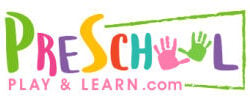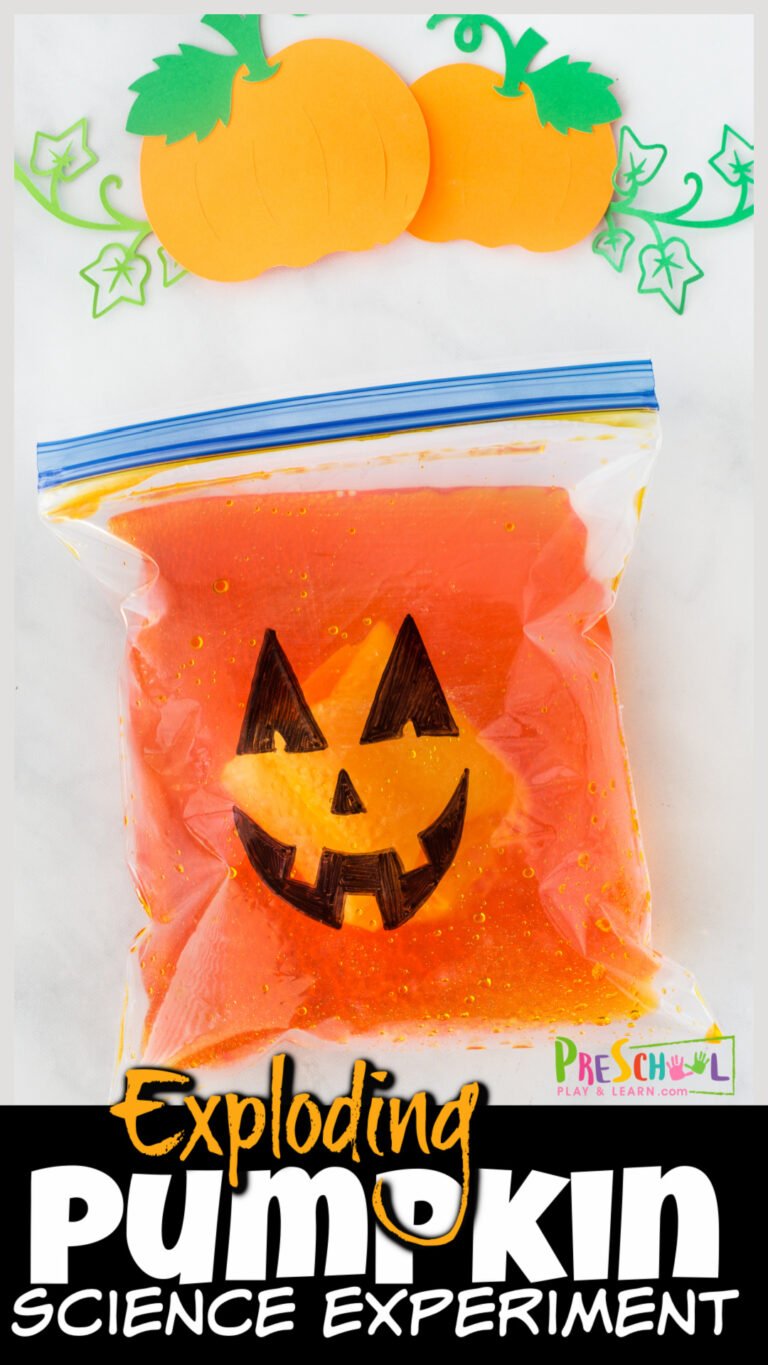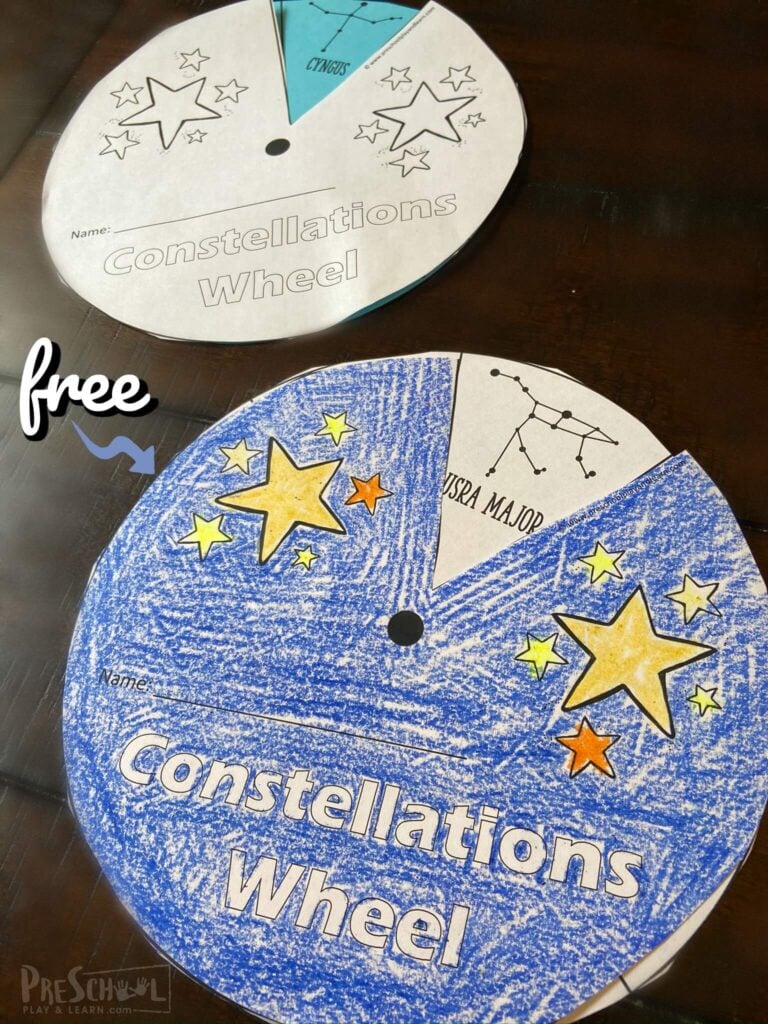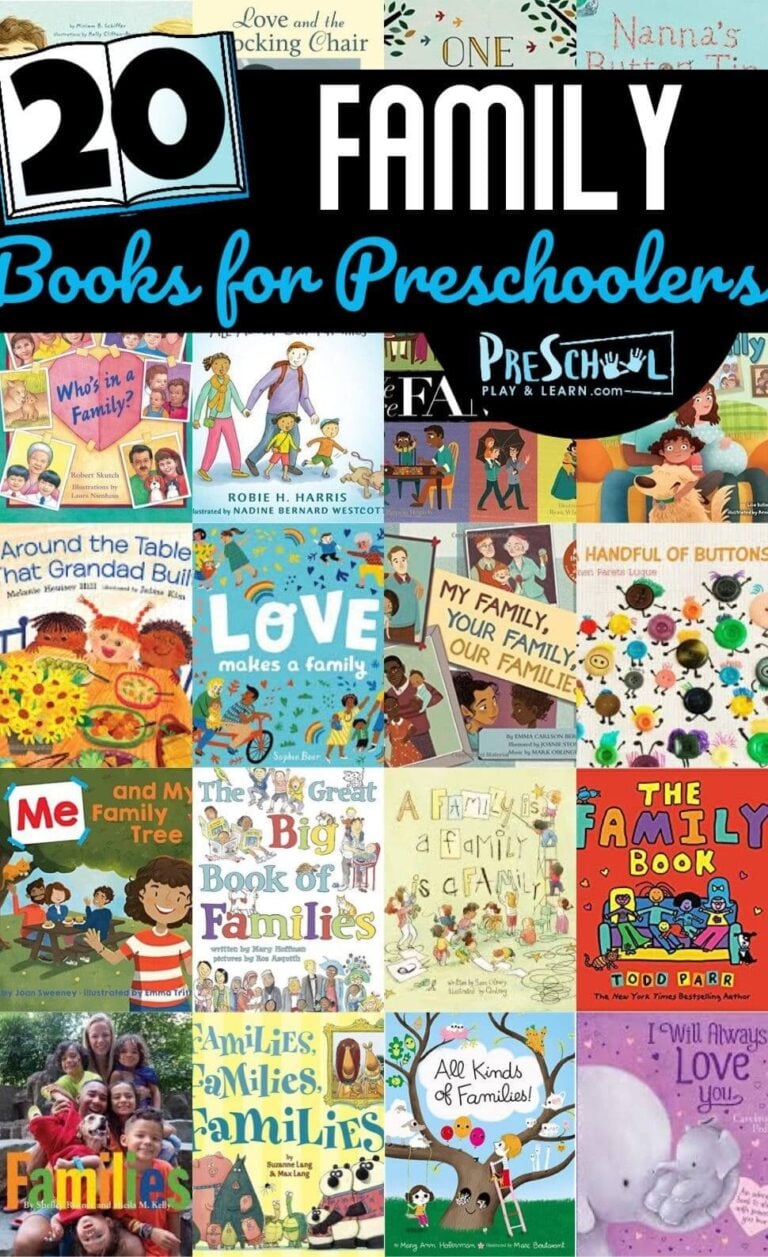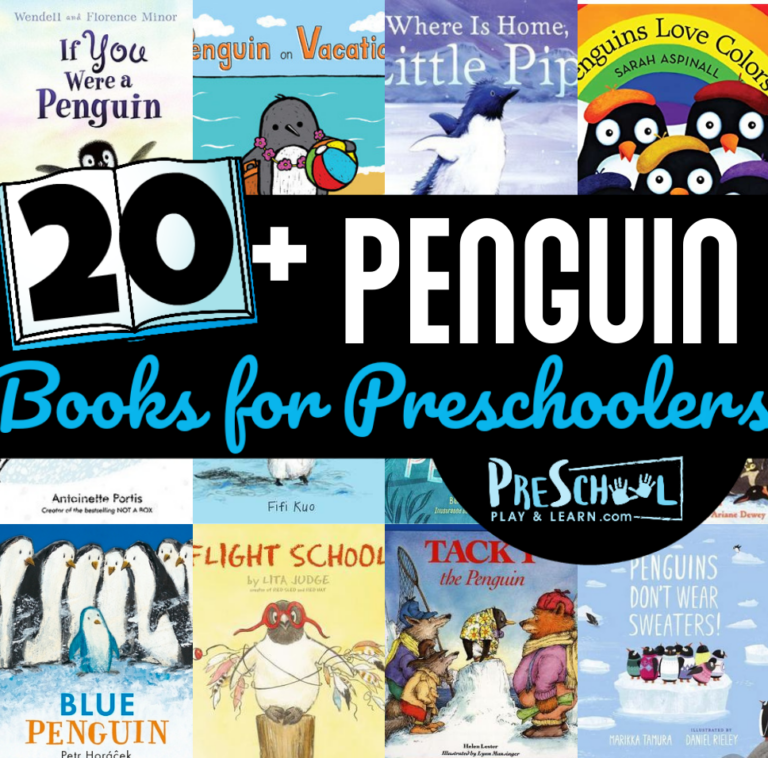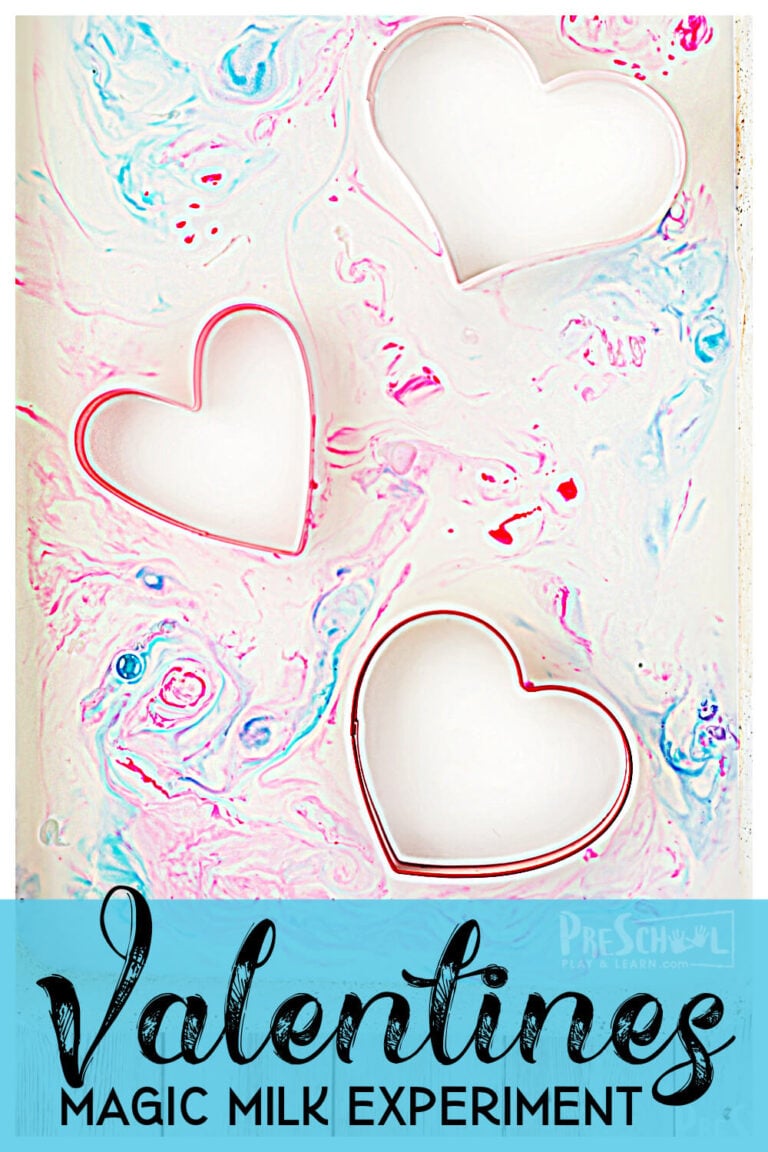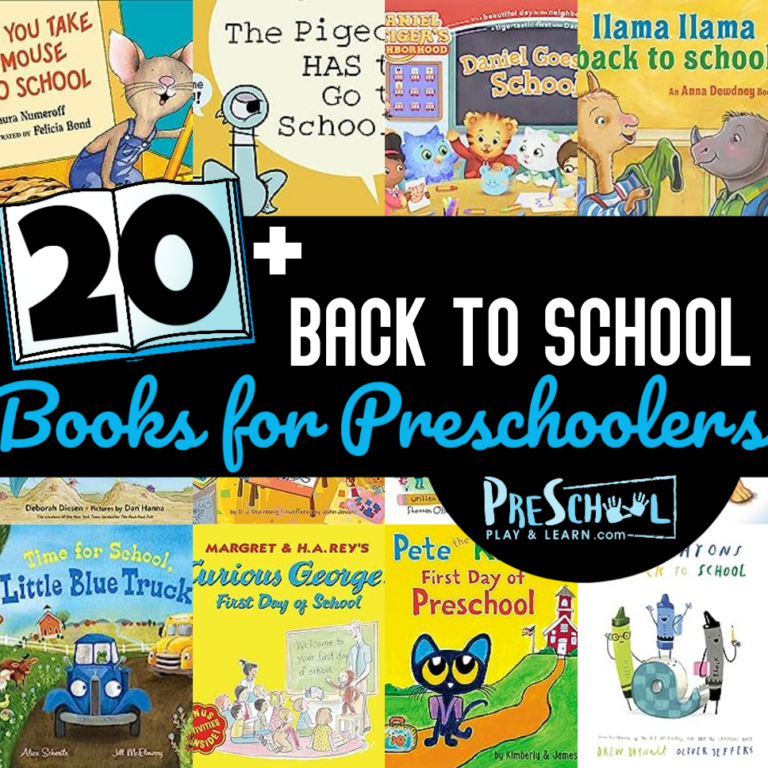20 Science Books for Preschoolers
It’s never too early to introduce kids to the amazing world of science! These Science Books for Preschoolers help young children start to wonder and ask questions about the world around them. These science books for preschool introduce simple terms and ideas in a fun, playful way to engage and delight kids.
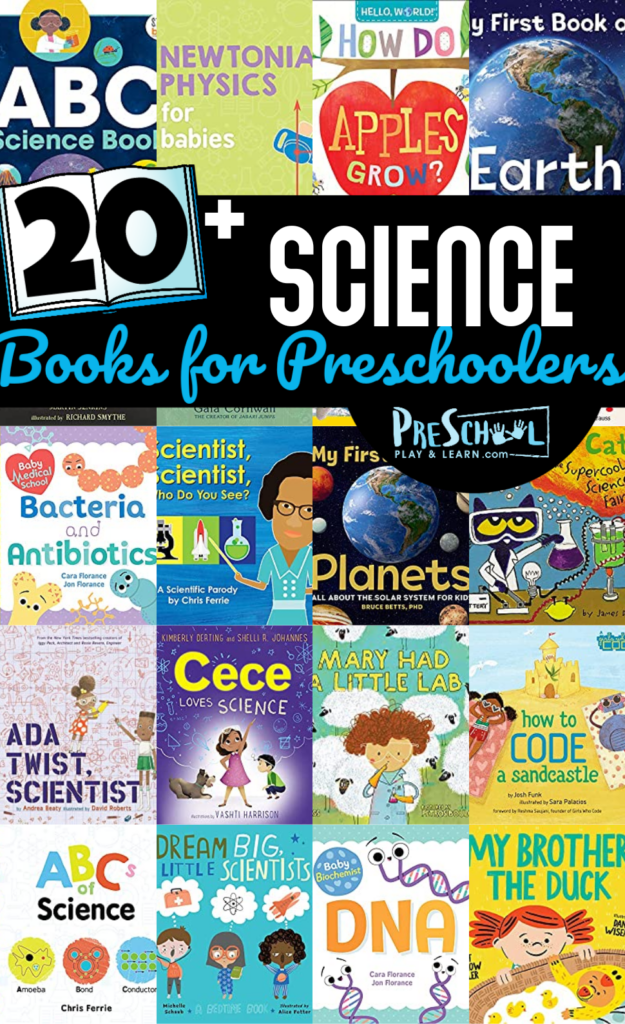
Science Books for Preschoolers
There are tons of great children’s books that introduce young kids to scientific concepts in fun ways. This list of science books for preschoolers covers everything from life science and physics to the scientific method. There are lots of fun stories on this list to get kids excited about science!

ABC Science Book was written by Anjali Joshi. This alphabet book pairs each letter of the alphabet with a scientific term or concept. The easy to read text defines and explores the featured concept and pairs it with a colorful illustration as well.

Newtonian Physics for Babies was written by Chris Ferrie. This board book introduces young scientists to the concepts of Newtonian Physics with simple text and illustrations. The easy to read text explores the concepts in ways that kids can understand, making it a great introduction for young readers.

Hello, World! How Do Apples Grow? was written by Jill McDonald. This easy to read book teaches young scientists about apples and how they grow from seeds to become saplings, trees, and eventually apples. The brightly colored illustrations and colorful fonts make this an inviting introduction to nonfiction texts for kids.

ABCs of Science was written by Chris Ferrie. This introduction to science pairs each letter of the alphabet with a scientific concept. There are three levels of text on each page, the first introduces the vocabulary word, the second defines it, and the third provides a more detailed explanation. This book will grow with young scientists, allowing them to learn something new every time they read it.

My First Book of Earth was written by Stephanie Manka Schuttler PhD. This informative book teaches young scientists about our planet and the other planets in the solar system. The kid friendly text is paired with colorful illustrations and photographs. The bold and colorful headings and vocabulary words are a good way to introduce nonfiction text features to young readers as well.

Baby Biochemist: DNA was written by Cara Florance. This board book introduces the concept of DNA to young readers. The simple text is accompanied by cute illustrations of personified strands of DNA and cells that explain their job to young scientists.

Baby Medical School: Bacteria and Antibiotics was written by Cara Florance and Jon Florance. This easy to understand book explains bacteria, antibiotics, and illness to young kids. This informative book is a great way to explain illness and body science to young readers..
Science books for preschool

,
Fox Explores the Night was written by Martin Jenkins and illustrated by Richard Smythe. This story follows a young fox as she leaves her den to find her dinner, and introduces the concepts of light and dark to young scientists.

My Brother the Duck was written by Pat Zietlow Miller and illustrated by Daniel Wiseman. In this sweet story, a young girl begins to wonder if her new baby brother is a duck. Using the scientific method, she gathers evidence in order to come to a conclusion. Kids will appreciate the silly story while adults will appreciate the way it introduces how scientists gather evidence.

Ada Twist, Scientist was written by Andrea Beaty and illustrated by David Roberts. This fun rhyming story introduces readers to the popular little scientist, and it shows how she uses science to answer all of the questions swirling around in her head. Kids will love the peppy rhyming text and the fun ways that Ada uses science to satisfy her curiosity.

Scientist, Scientist, Who Do You See? was written by Chris Ferrie. This scientific parody uses the repeating format of Brown Bear, Brown Bear, What Do You See? to introduce young readers to famous scientists. The rhyming text and cute cartoon illustrations give a simple introduction to famous scientists and their work.

Cece Loves Science was written by Kimberly Derting and Shelli R. Johannes and illustrated by Vashti Harrison. This cute story follows Cece, a young girl who loves to ask questions. She teams up with her best friend and her dog to use the scientific method and find out the answer to one of her questions. Kids will love the fun story and the colorful illustrations.

Dream Big, Little Scientists was written by Michelle Schaub and illustrated by Alice Potter. This sweet bedtime story introduces young readers to different branches of science. Kids will love watching 12 young science lovers prepare for bed in their themed bedrooms. The illustrations are full of fun details about which branch of science each kid loves, and the back of the book includes more information about each branch.

Jabari Tries was written and illustrated by Gaia Cornwall. In this charming story of perseverance, Jabari is attempting to invent a machine that will fly across the yard. But time and time again, his invention fails and he begins to get frustrated. With the help of his father and his sister, Jabari learns that inventors and scientists must try their experiments again and again in order to succeed.

How to Code a Sandcastle was written by Josh Funk and illustrated by Sara Palacios. Join a young girl named Pearl and her robot friend Pascal as they use coding concepts to build a sandcastle. The fun story introduces coding concepts in a way that kids can understand, while the funny illustrations will have them laughing along.

Mary Had a Little Lab was written by Sue Fliess and illustrated by Petros Bouloubasis. This fun science themed spin on the classic nursery rhyme follows a young girl named Mary who uses her science skills to create her own pet sheep. But when she tries to recreate her experiment for her classmates, things don’t go as planned.

Pete the Cat and the Supercool Science Fair was written by James and Kimberly Dean. This fun story follows the popular cool cat as he attempts to make a volcano for the school science fair. Kids will enjoy watching Pete attempt to create his science experiment and work together with his friends.

The Berenstain Bears’ Big Book of Science and Nature was written by Stan and Jan Berenstain. Join the popular Bear family as they introduce readers to scientific concepts along with their friend Professor Actual Factual. Kids will enjoy the kid-friendly language and the fun illustrations, as well as the antics of the Bear cubs.

My First Book of Planets: All About the Solar System for Kids was written by Bruce Betts PhD. This introduction to the solar system uses kid-friendly language and stunning artwork to teach kids about the planets. Kids will enjoy exploring the planets and learning interesting facts about each of them.

What is a Scientist? was written by Barbara Lehn and photographed by Carol Krauss. This nonfiction text explains what a scientist is and how they go through the scientific process. The photographs show children engaging in all steps of the process, inspiring young readers to try it for themselves.

Explore My World: A Tree Grows Up was written by Marfe Ferguson Delano. This easy to read picture book explores the life cycle of a tree through the different seasons and stages of growth. The text is broken up into short simple sentences and paragraphs and spread throughout the colorful and detailed photographs.

Little Kids First Big Book of Science was written by Kathleen Zoehfeld. This colorful reference book introduces kids to scientific concepts through short, easy to understand paragraphs and brightly colored photographs. Kids will love reading the facts sprinkled throughout the book and exploring all of the detailed photos.

National Geographic Little Kids First Big Book of Animals was written by Catherine D. Hughes. This reference guide introduces young scientists to all kinds of animals through simple facts and brightly colored photographs. This is a great way for young kids to learn about animals.

Let’s Make a Rainbow!: The Science of Light and Optical Physics for Kids was written by Chris Ferrie. In this fun story, Red Kangaroo and Dr. Chris work together to learn the science behind rainbows. Kids will enjoy watching the adorable kangaroo learn about light refraction through easy to understand text and adorable cartoon illustrations.
Newton and Me was written by Lynne Mayer and illustrated by Sherry Rogers. This cute rhyming story follows a young boy and his dog Newton as they discover the laws of force and motion. Kids will recognize the many ways that the young boy finds these laws in his own day to day life, and will enjoy the peppy rhyming text.
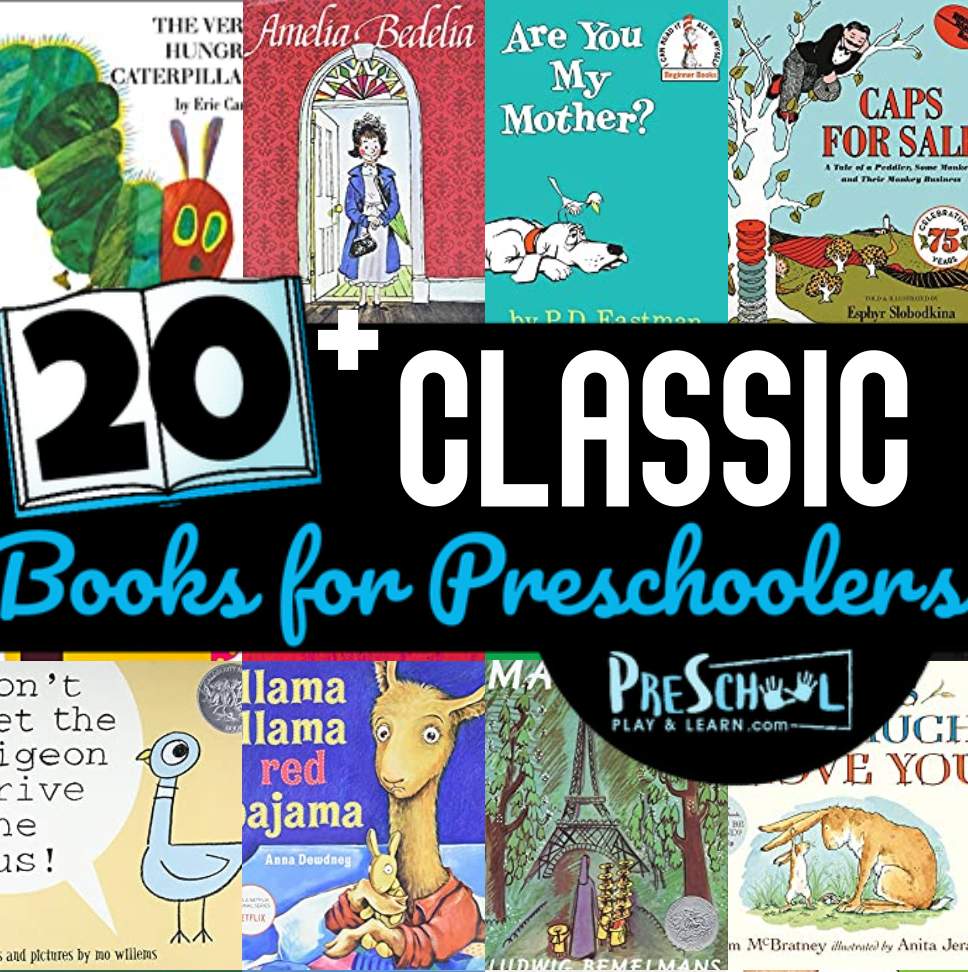
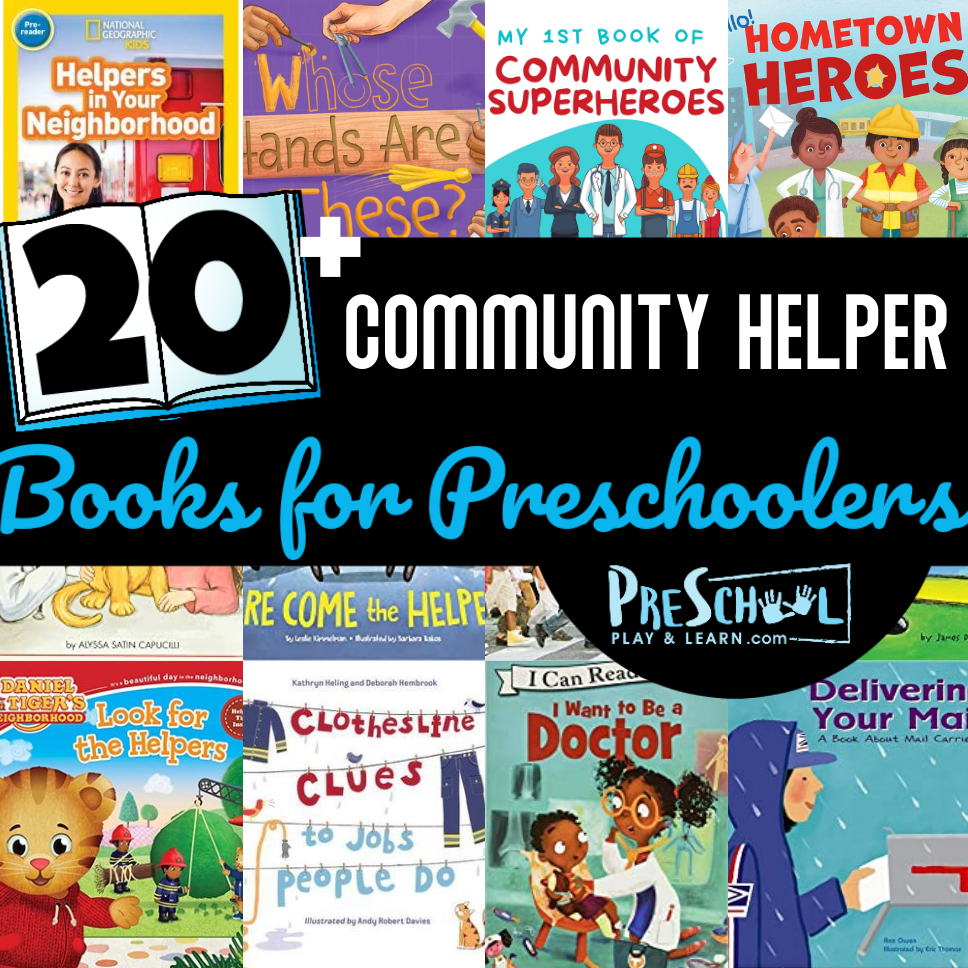
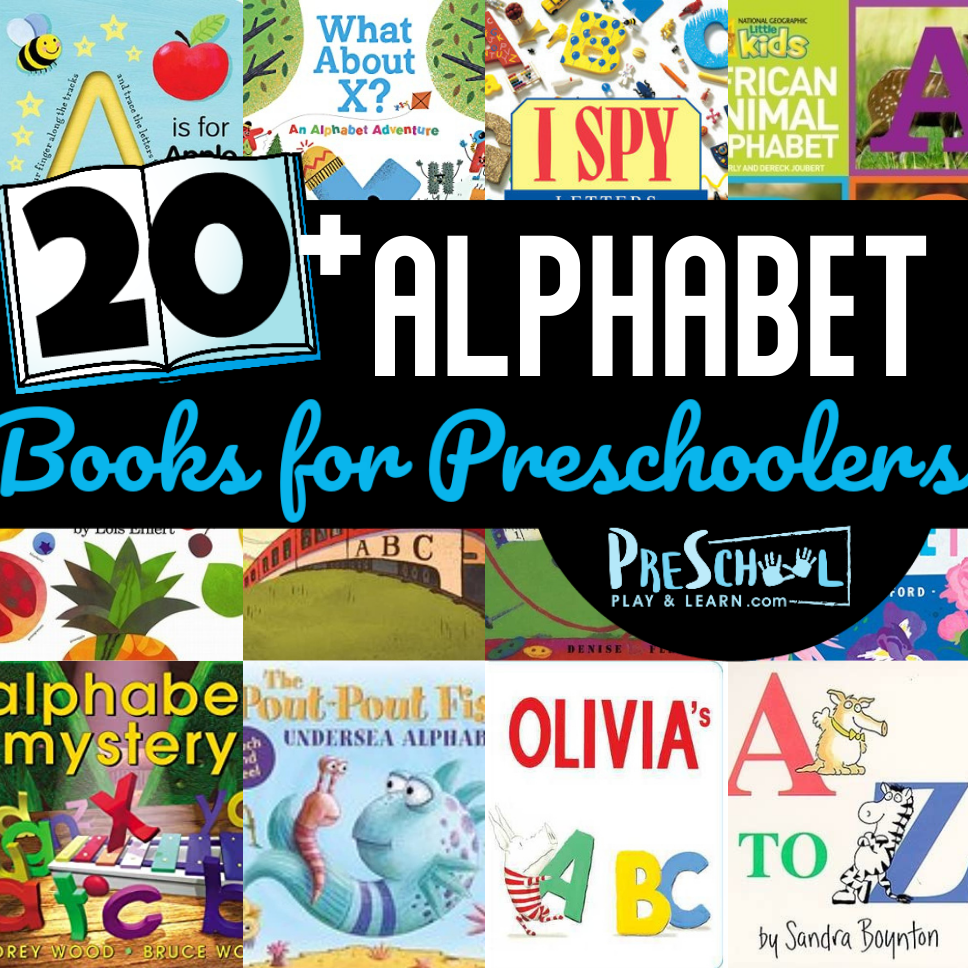
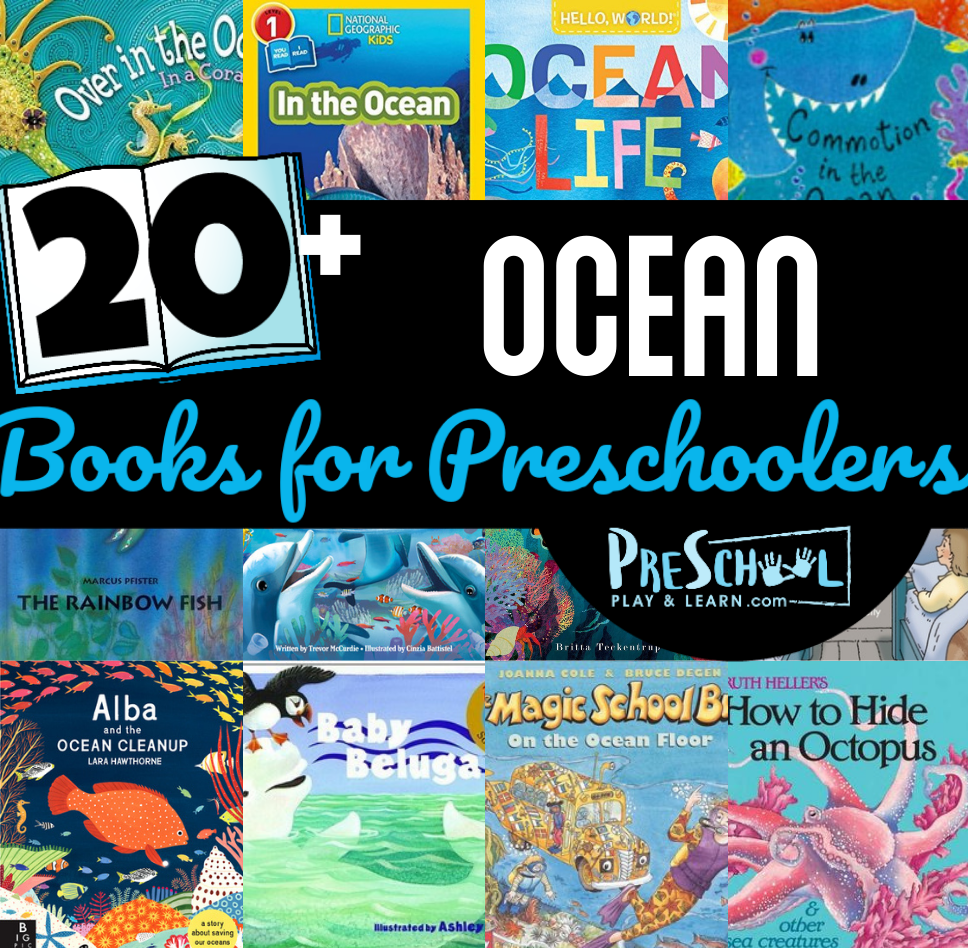
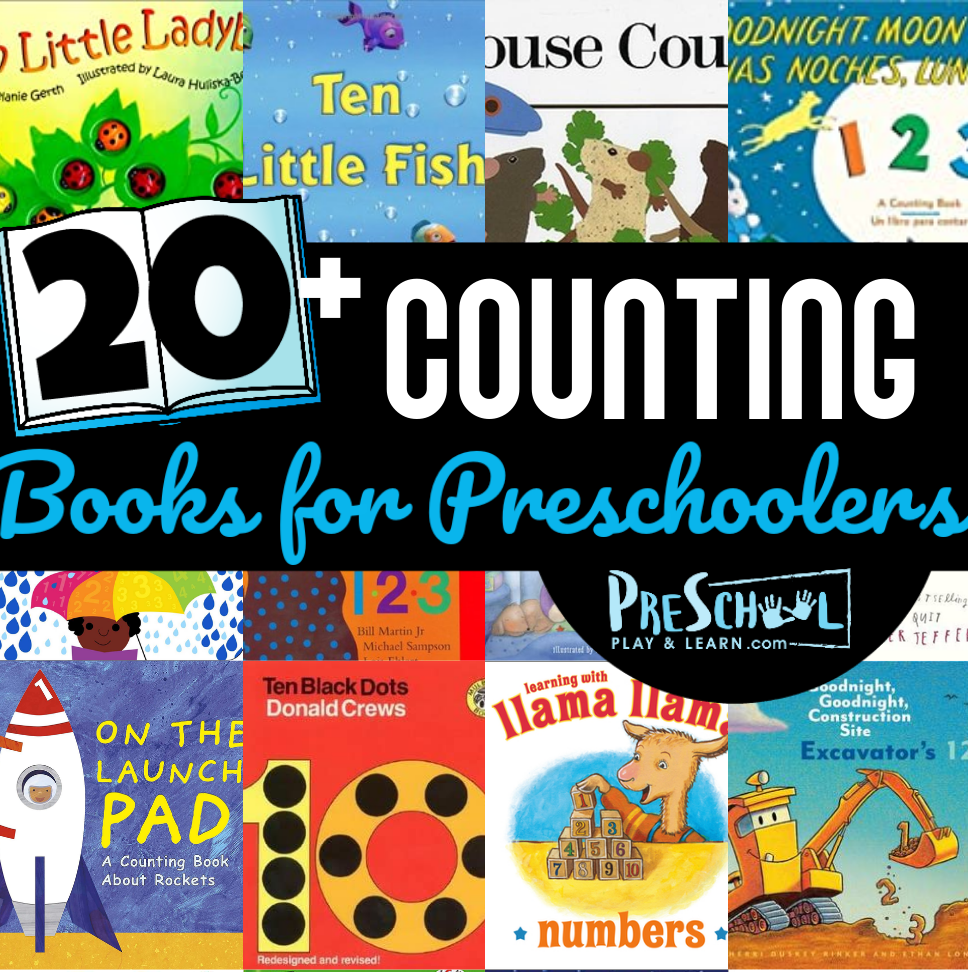
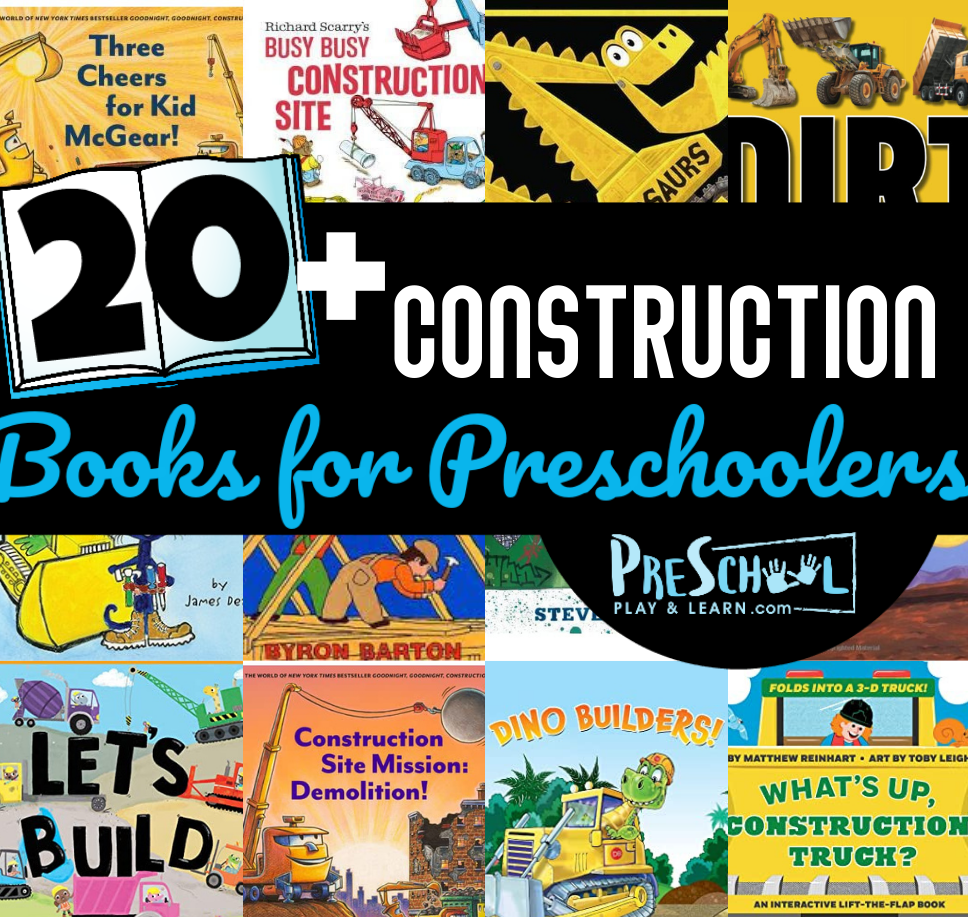
Books for Preschoolers
If you are looking for more fun-to-read preschool book lists with picture books picked out for your preschoolers, don’t miss these great picks:
- Construction Books for Preschoolers
- Help kids learn their ABCs with these alphabet books for preschoolers that also help kids start learning the sounds letters make
- Counting Books for Preschoolers work on number recognition and real-life counting applications
- 100th Day fo School Books for kids
- Best Snowman Books for toddlers, preschoolers, and kindergartners
- Fun-to-Read Penguin Books for Preschoolers
- Dive in to an undersea adventure with these Ocean Books for Preschoolers
- Romping and Roaring Dinosaur Books for kids
- Cute Preschool Shape Books
- Apple Books for Preschoolers that are perfect for September
- Check out these summer books for preschoolers
- Creepy, Crawly Books about Insects for Preschoolers
- Discover lots of Color Books for Preschool kids
- Hop on over to read these silly Frog Books for Preschool
- These Easter Books for Preschoolers are sure to be new favorites
- Celebrate the arrival of spring with these spring books for preschoolers
- Preschool Books about Family you’ll love reading
- So many lovely flower books for preschoolers
- Silly and Fun Animal Books for Preschoolers
- In February you’ll love reading these Valentine Books for Preschool
- Not-so-chilly Winter Books for Preschoolers
- Perfect for the holidays Christmas Books for preschoolers
- Make some friends in these cute Farm Books for Preschool
- Teach kids to give thanks with these inspiring Thanksgiving Books for Preschoolers
- Enjoy Autumn cuddling up reading one of these fall books for preschoolers
